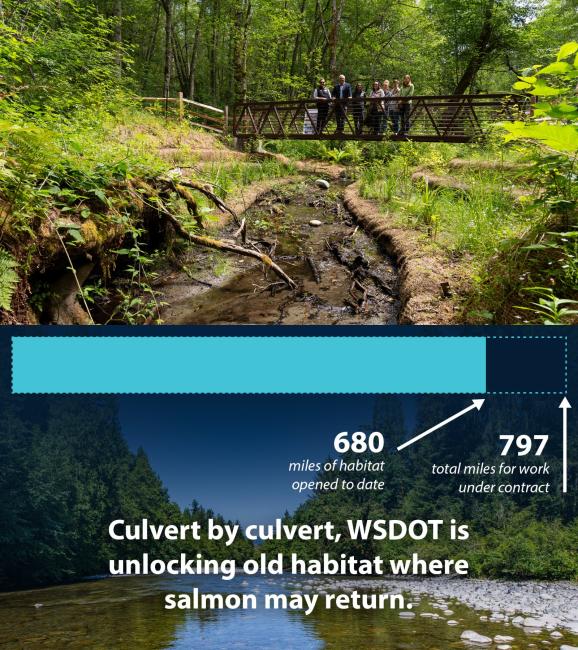For 6 million years, Pacific salmon have repeated their extraordinary life cycle. But that delicate dance may be in its final act absent a full-scale intervention.
Fortunately, humanity is coming together at a crucial hour. Tribes, federal governments, states, and communities are working in harmony in the Pacific Northwest to save salmon. And while handshakes won't save salmon alone, progress is accelerated by consensus.
The state has cleared 219 failed culverts on its property in recent years, opening 680 miles of potential habitat. The Climate Commitment Act and other revenue sources are sponsoring hundreds of fish barrier corrections on private land. And the state's nation-leading water quality standards are reversing ecological damage.
Humanity has pushed salmon to the brink. But by acting in unison, society may yet help them recover.

